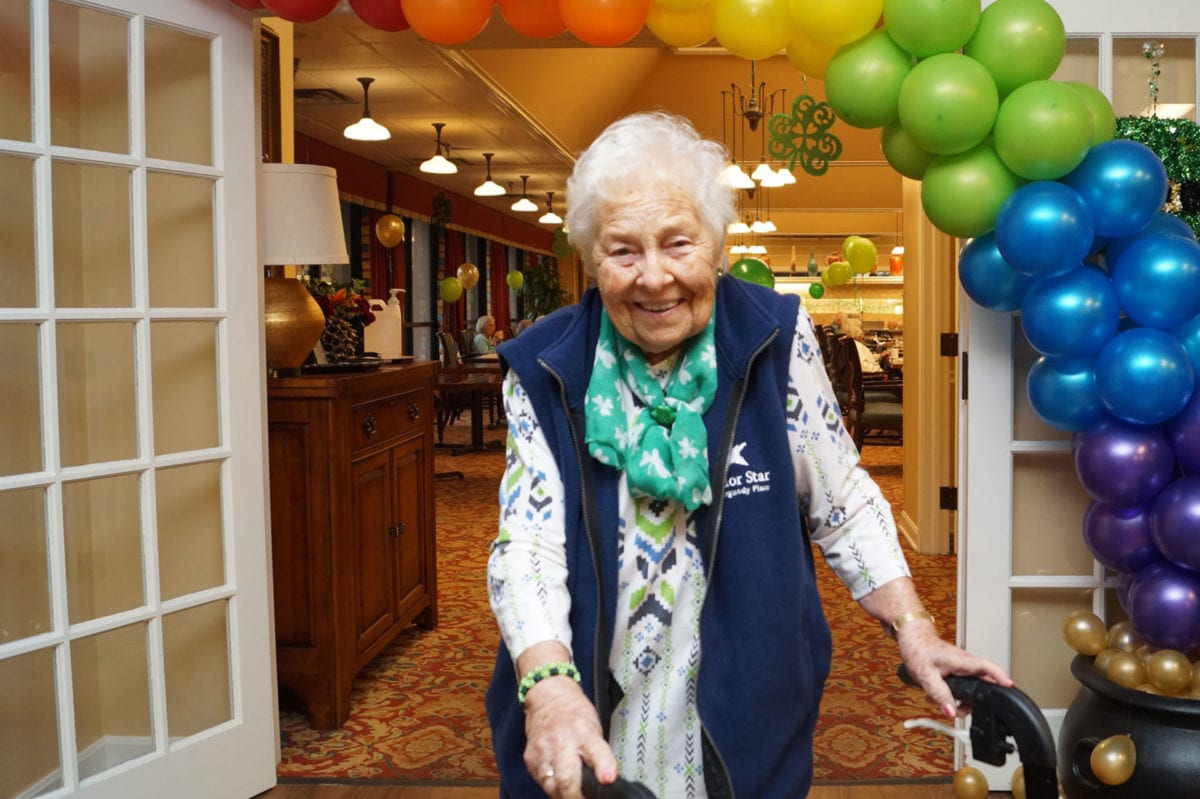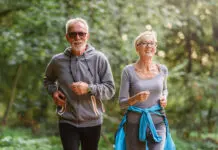The ‘Pros’ Abound
When you or a loved one approaches or reaches the golden years, lots of challenges may present themselves. These challenges make you consider what the next step of life looks like. But where do you go for information about retirement communities? And how do you make those really tough choices?
While aging in place may seem appealing, keep in mind those tasks that you may not want to keep doing. Moving to a retirement home, village or community can offer a lot of perks. Wouldn’t it be great if someone else did all the yard work and home maintenance? And rather than going through that stack of monthly bills, what if you only paid one?
Jana Decker is the director of wellness at Tulsa’s Covenant Living at Inverness. She points out that the pros of a retirement home include security and peace of mind for residents and their families. Amenities and programming that encourage an active lifestyle are essential, because active aging typically reduces the need for advanced, long-term care. Perhaps you might be enticed by a pool, a gym with workout equipment, different levels of exercise classes, or a walking trail.
And consider abundant social and educational opportunities and how they add to a well-rounded lifestyle. New friendships, rather than isolation and loneliness, are great perks, not to mention different social events and gatherings. And some retirement communities even offer transportation for shopping, trips and medical appointments.

Questions to Ask
So, you’ve decided to look at retirement homes and communities. Rule No. 1: Don’t be shy. It’s all about asking the right questions and looking for red and green flags from the get-go.
Julie McKowen, director of employer branding at Senior Star, explains: “When visiting a senior living community, there are many factors to consider aside from price. Be sure to ask about things like tenure of the staff, available programs, and ways residents can get involved in the community. It’s also a good idea to ask about third-party certifications or accreditations such as CARF or Great Places to Work. Communities that voluntarily put their organizations through these rigorous processes are showing proof of their commitment to excellence.”
Decker advises to ask these questions:
What is the history of the monthly service fee increases?
What is the history of the entry fee increases?
How often does the monthly service fee increase?
If I outlive my assets, what happens?
What are additional costs, not included in the monthly service fee?
Is there frequent staff turnover?
And she adds these points to consider: Are the residents and staff you meet friendly? Is the community willing to give you their residency agreement to take home with you?

Finding a Sense of Community during COVID-19
The pandemic threw us all for a loop, but retirement communities had added risk levels that caused even more change. Decker says that programming continued through virtual events.
“Exercise classes took place outdoors, weather permitting,” she adds.
There were hallway and outdoor events, plus FaceTime and Zoom meetings, window visits, plus weekly door-to-door delights and other surprises.
During the pandemic, Decker explains, “technology proved to be an invaluable tool for maintaining connections. And the increased reliance on technology to communicate and engage in things that mattered most, shoved residents into reevaluation of their relationship with technology. Residents who had simply used their computers to email took a deeper dive, using more advanced applications. Those who thought they couldn’t or wouldn’t use technology were now FaceTiming, Skyping and Zooming with family and friends, taking virtual exercise and meditation classes, touring museums around the world, and even ordering their groceries online.”
McKowen agrees that the pandemic greatly shifted her job and life overall at retirement communities.
“When COVID-19 was at its worst in America, we had to get creative to safely keep our culture and sense of community intact,” she says. “Each associate took on new and active roles in engaging with residents, and we utilized technology to help families connect with their loved ones. Now that 96% of Senior Star residents nationwide are vaccinated, we are enjoying group activities, outings and dining. The technology that we put in place through the pandemic is now part of our overall approach to wellness that will remain in place, and we feel that is a very good thing.”

Holistic approach
Many retirement homes tout a ‘holistic approach’ to their lifestyles – but what does this really mean?
Decker explains that a “multidimensional approach to providing services and engagement opportunities allow residents to tap into as often and varied programs to support their emotional, vocational, spiritual, physical, social, environmental and intellectual needs. Having such a wide variety of opportunities on our campus makes accessing them more manageable and lends itself to successful and positive aging.”
Field trips
In retirement communities, the sky seems to be the limit when it comes to adventures. Decker says there are countless places residents of Covenant Living at Inverness can go: “Botanical gardens, museums, symphonies, operas, ballets, fine dining, art crawls, Guthrie Green, the Gathering Place, overnight trips, Crystal Bridges and more!”


























